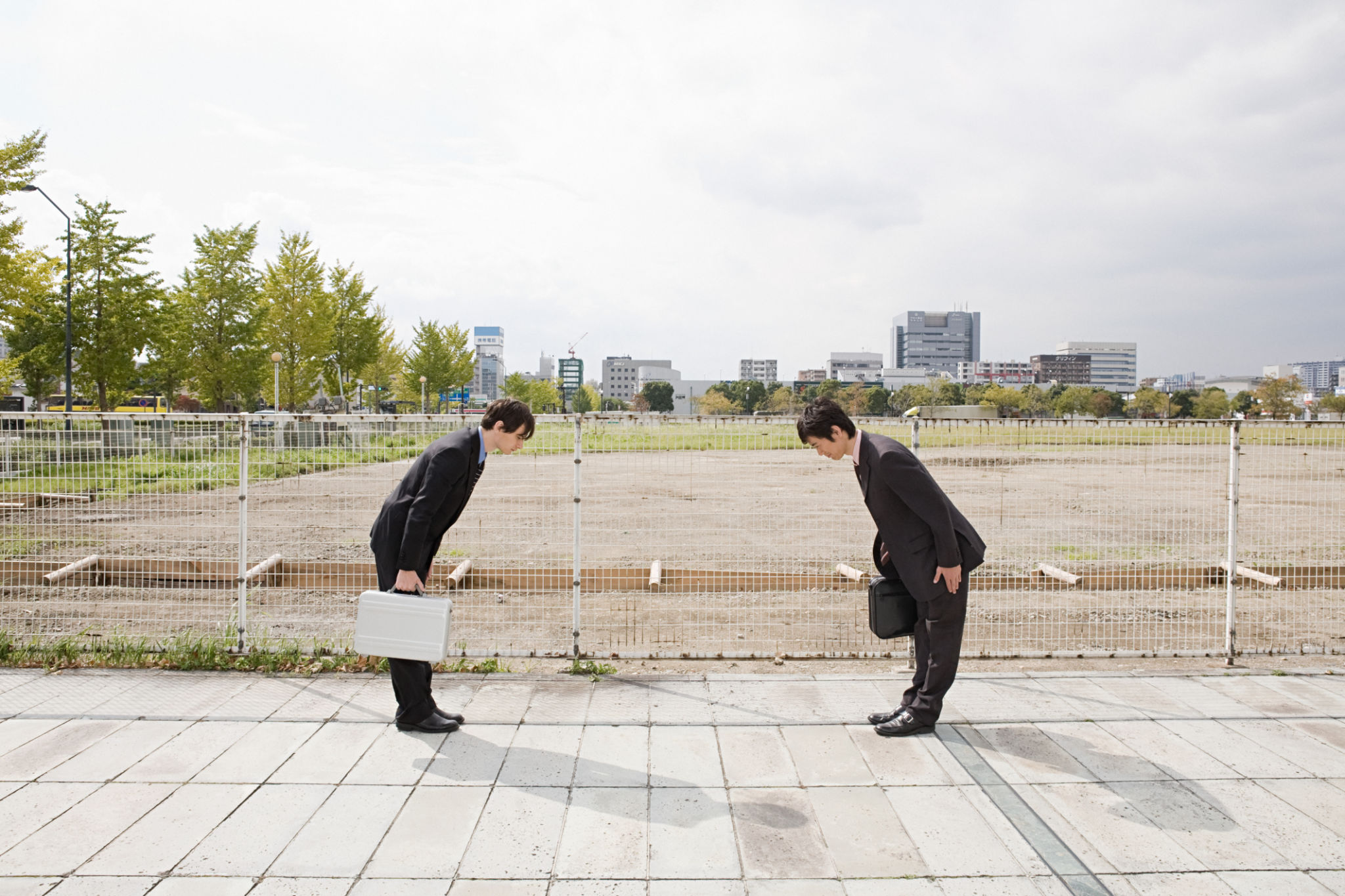Debunking Myths About Modern Prefab Homes
Understanding Prefab Homes
In recent years, prefab homes have gained popularity as a modern housing solution. However, there are still numerous misconceptions surrounding them. Prefab, or prefabricated, homes are built off-site in sections and then transported to the desired location for assembly. This construction method offers several advantages, including reduced building time and cost savings.

Myth 1: Prefab Homes Lack Durability
One of the most common myths about prefab homes is that they are not as durable as traditional homes. This misconception likely stems from outdated perceptions of "mobile homes" or "trailers." In reality, modern prefab homes are constructed using high-quality materials and must adhere to strict building codes and standards. These homes are designed to withstand various weather conditions, offering the same longevity as their traditionally built counterparts.
Myth 2: Limited Design Options
Another pervasive myth is that prefab homes offer limited design options, resulting in cookie-cutter houses. On the contrary, prefab homes today offer a wide range of design possibilities. From sleek, modern aesthetics to more traditional styles, homeowners can customize their prefab homes to suit their tastes and needs. Many manufacturers provide an array of floor plans and finishes, allowing for a highly personalized living space.

The Environmental Impact of Prefab Homes
Prefab homes are often lauded for their environmental benefits. The controlled manufacturing process minimizes waste, utilizes energy-efficient materials, and often incorporates sustainable practices. Additionally, because construction occurs off-site, there is less disturbance to the building site itself, preserving the natural environment.
Myth 3: Prefab Homes Are Expensive
There is a misconception that prefab homes are more expensive than traditional homes. In reality, they can be a cost-effective option due to the efficiency of the manufacturing process and reduced construction time. Prefab homes can often be completed in a fraction of the time it takes to build a conventional home, leading to significant savings on labor and materials.

The Versatility of Prefab Homes
Prefab homes are not limited to single-family residences. They can be adapted for various uses, including vacation homes, multi-family units, and even commercial buildings. This versatility makes them an attractive option for diverse applications, from urban infill projects to remote retreats.
Myth 4: Resale Value Concerns
Potential buyers often worry that prefab homes do not hold their value over time. However, this is not necessarily true. Like any home, the resale value depends on various factors such as location, upkeep, and market demand. Well-maintained prefab homes in desirable areas can appreciate in value just as traditional homes do.
Conclusion: The Future of Prefab Homes
The myths surrounding prefab homes are gradually being dispelled as more people recognize their benefits. With advancements in technology and an increasing focus on sustainability, prefab homes are poised to become an integral part of the future housing landscape. As these misconceptions fade away, prefab homes will likely continue to grow in popularity and acceptance.
